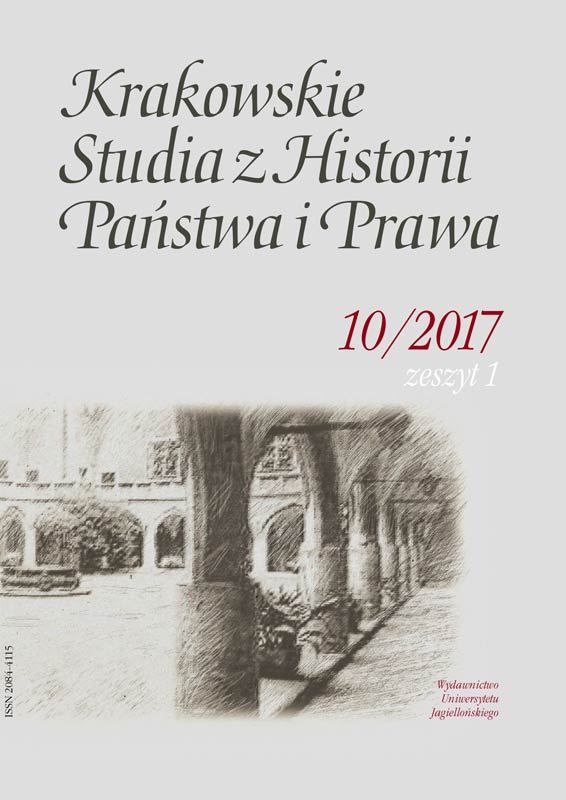The Legal Foundation of Religious Associations in Poland in the Interwar Period and Currently and Examples of their Activities
The Legal Foundation of Religious Associations in Poland in the Interwar Period and Currently and Examples of their Activities
Author(s): Katarzyna Krzysztofek-StrzałaSubject(s): Christian Theology and Religion, History of Law, Social history, Recent History (1900 till today), Canon Law / Church Law, Sociology of Religion
Published by: Wydawnictwo Uniwersytetu Jagiellońskiego
Keywords: the interwar period; law on associations; denominational associations; ecclesiastical associations; churches and other denominations
Summary/Abstract: After the First World War the newly reborn Polish state needed huge financial expenditures to manage the immense poverty, unemployment, and deprivation. But after the war the state couldn’t manage such problems alone, because of the lack of sufficient resources to be able to meet the needs of those affected. That is why numerous charitable organizations were being established. They were created out of religious inspiration by groups of the faithful or specifically by the churches and other denominations. The most numerous group of associations was that established by the Catholic Church – the largest denomination in Poland. The associations were regulated by the Law on Associations of 1932, prior to which they were subject to the various post-partition laws in the three sectors. But in most cases the Law on Associations didn’t distinguish separate regulations for religious associations. In contemporary Poland it is the Law on Associations of 1989 that regulates the creation of associations. It further divides associations into two main groups – registered and non-registered. It will be the law which governs those secular associations which are established for religious purposes. It applies to denominational associations with some exceptions, but doesn’t apply at all to those established by churches and other denominations (that is, ecclesiastical associations). Currently, similarly to the interwar period, the purposes of specified groups of associations haven’t changed – the main reason for their existence is to engage in undertaking charitable activities.
Journal: Krakowskie Studia z Historii Państwa i Prawa
- Issue Year: 10/2017
- Issue No: 1
- Page Range: 117-133
- Page Count: 17
- Language: English

